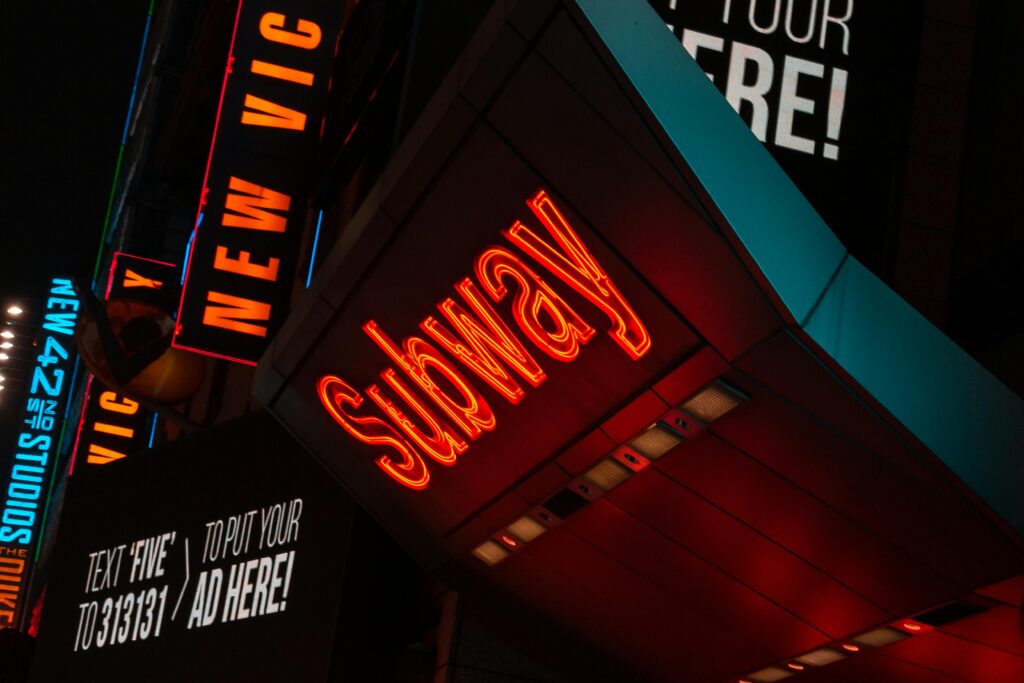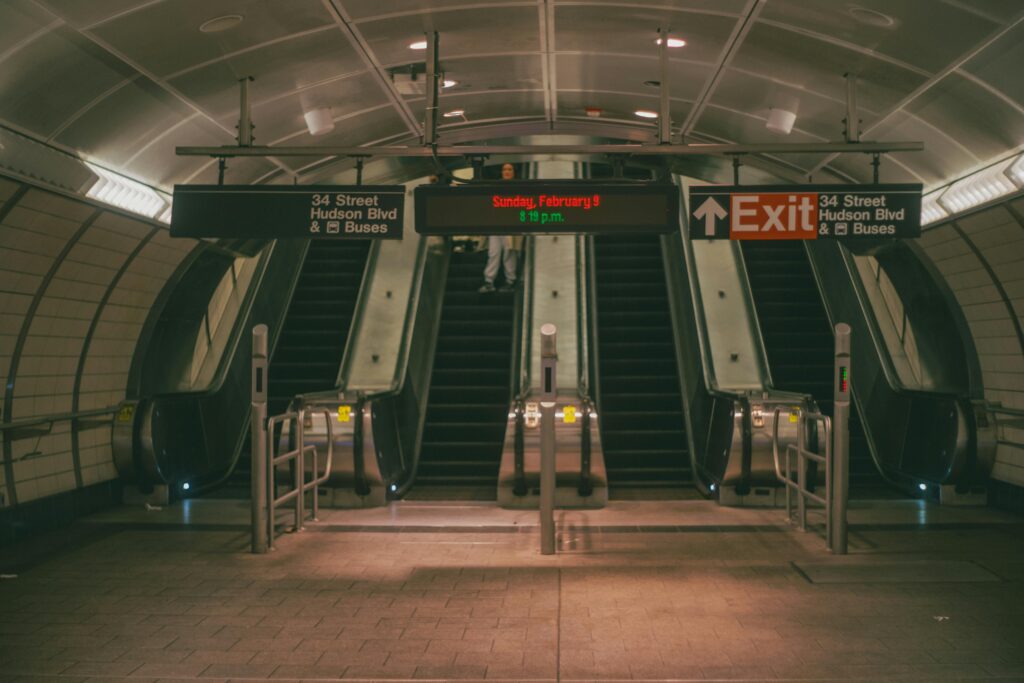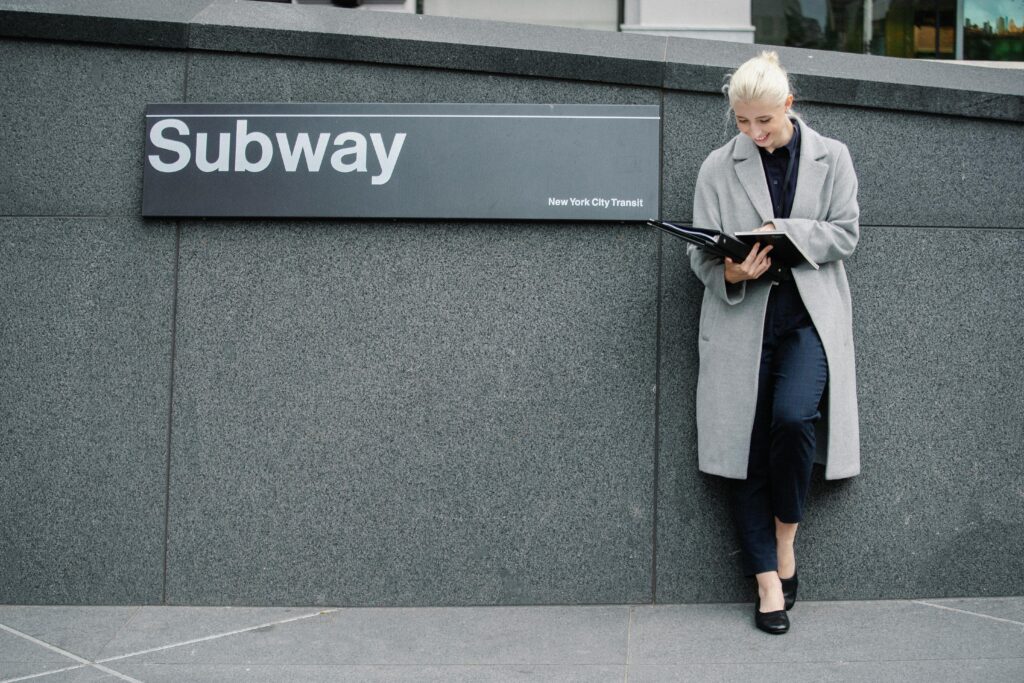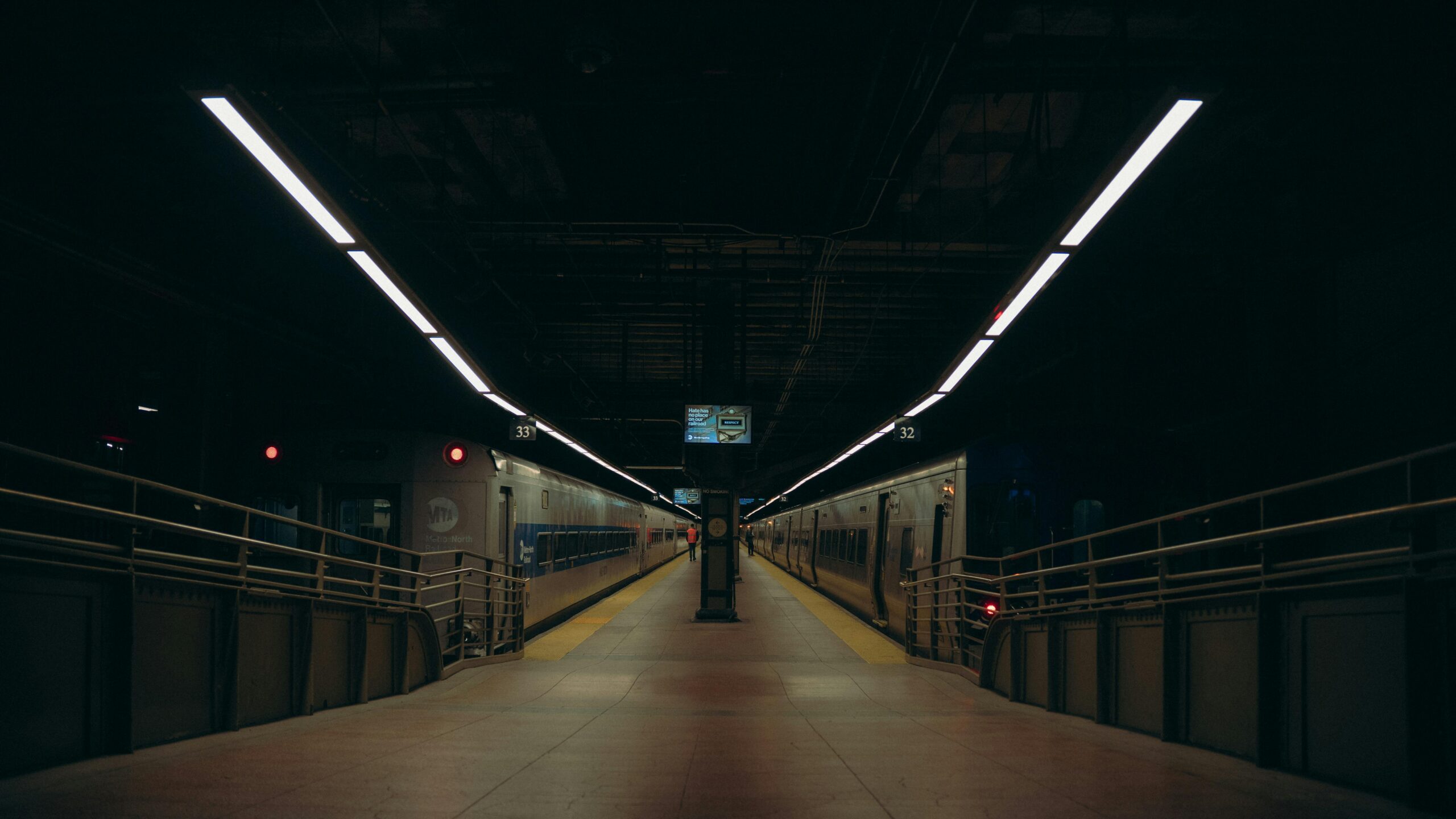New York City’s subway relies on a signaling network that, in many places, dates back over a century. As passenger volumes surge—averaging more than 5 million rides on weekdays—the limitations of fixed‑block signals have become painfully clear. Congestion, delays, and service disruptions often trace back to signals that were never designed for today’s demands. To tackle these issues, the Metropolitan Transportation Authority (MTA) is rolling out Communications‑Based Train Control (CBTC) across key lines, promising more reliable, frequent, and safe service. Here’s a deep dive into why the overhaul is critical, how it works, where it stands, and what it means for riders.

The Limitations of Fixed‑Block Signaling
Most of the NYC subway still uses “fixed‑block” signaling: track circuits divided into segments (“blocks”) of about 1,000 feet each. A train occupies a block, automatically turning its signal red behind it to prevent following trains from entering the same space. While simple, this system has three main drawbacks:
- Low Capacity: Trains must maintain large headways—often two to three minutes—because blocks are long and slow to clear, limiting peak throughput to about 24 trains per hour on many lines.
- Inflexible Speed Control: Fixed‑block systems only detect occupancy, not precise speed or position, forcing worst‑case assumptions that further slow service and trigger emergency brakes if signals are passed.
- High Delay Rates: Signal failures and misalignments account for roughly 25% of major subway delays; outdated relay and wiring systems are prone to faults and costly to maintain.
CBTC: A Digital Leap Forward
Communications‑Based Train Control replaces discrete blocks with a continuous, real‑time train‑to‑wayside data link. Key features include:
- Moving Blocks: Trains report exact position and speed via wireless radio, allowing safe “moving blocks” that shrink headways to as low as 90 seconds and boost capacity by up to 40% on modernized lines.
- Automated Speed Regulation: CBTC enforces precise braking and acceleration profiles, reducing energy use, minimizing jerky rides, and cutting emergency brake events by up to 80% in early deployments on the L and 7 lines.
- Enhanced Real‑Time Info: With train locations known to within feet, arrival countdown clocks and apps become more accurate, improving passenger experience and operational transparency.

Progress and Challenges
Since the first CBTC pilot on the Canarsie (L) line in 2009, progress has been steady but painstaking:
- Completed & Underway: CBTC is fully operational on the L and 7 lines, where on‑time performance exceeds 90%—among the highest in the system. Work is underway on the Queens Boulevard (E/F/M/R), Crosstown (G), and Queens‑2nd Ave segments.
- Future Phases: Plans call for extending CBTC to the Broadway (N/Q/R/W) and Flushing (7) routes by 2030, with a total budget north of $5 billion—about 10% of the MTA’s $57 billion 2020–2024 capital program.
- Technical & Logistical Hurdles: Tight underground clearances complicate equipment installation; legacy signal closets must be retrofitted; and nighttime and weekend work windows are limited by continuous passenger demand. Coordination among contractors, unions, and NYC Transit staff adds further complexity.
Beyond CBTC: Emerging Innovations
To squeeze more performance from the system, the MTA and partners are exploring complementary technologies:
- Ultra‑Wideband (UWB) Radios: Providing higher‑frequency data links for even tighter train spacing and redundancy in tunnels where conventional radio struggles.
- Predictive Analytics: AI‑driven maintenance forecasting can pinpoint signal component wear, reducing unplanned outages and optimizing crew deployment.
- Cellular & 5G Integration: Leveraging advanced cellular networks to deliver passenger Wi‑Fi, video surveillance, and possibly operate CBTC overlays without dedicated trackside radios.

Frequently Asked Questions
Q1: What is the main benefit of CBTC over the old system?
A: CBTC’s moving‑block design allows trains to run closer together and maintain optimal speeds, boosting line capacity by up to 40% and cutting delays from signal failures.
Q2: Why has signal modernization taken so long?
A: The subway’s age, complex tunnels, and need to keep trains running make full‑system upgrades a massive, multi-decade effort with high coordination demands.
Q3: Will fares rise to pay for CBTC?
A: Funding comes from federal grants, state bonds, and the MTA capital plan—fares are set through separate processes, though improved service could justify future fare adjustments.
Q4: How does CBTC improve safety?
A: Automated speed and distance enforcement reduces human error, minimizes emergency stops, and gives dispatchers real‑time train location, enhancing incident response.
Q5: What happens during signal failures today?
A: Without CBTC, trains run in “restricted manual” mode at reduced speeds and headways, causing long delays. CBTC‑equipped lines can often maintain more normal service.
Q6: Do other cities use CBTC?
A: Yes—London, Paris, Tokyo, and Singapore all use CBTC on key lines, yielding higher frequencies and operational flexibility.
Q7: Can CBTC be hacked?
A: Cybersecurity is a top priority; systems are air‑gapped and encrypted, with regular penetration testing. Still, ongoing vigilance is essential.
Q8: What role do unions play in CBTC deployment?
A: Unions oversee training for dispatchers and track workers on the new systems. Negotiations cover work rules for signal engineers and off‑peak installation schedules.
Q9: Are there environmental benefits?
A: Smoother train movements reduce energy use by up to 10%, and fewer idling trains cut overall system emissions.
Q10: How will riders know when work affects their line?
A: The MTA issues service advisories 14 days in advance and updates its website, apps, and station signage with precise work windows and alternative options.
Sources The New York Times


